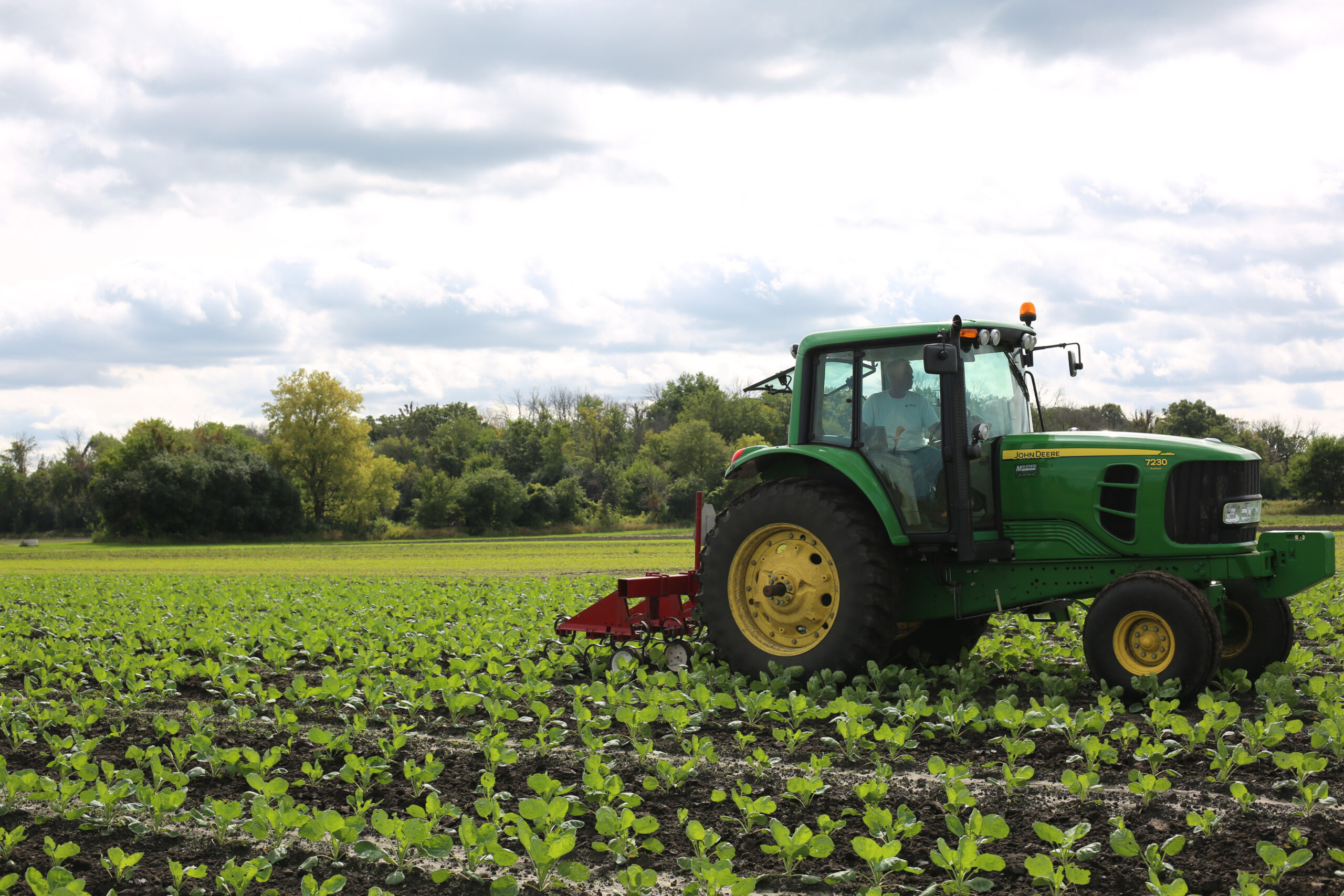Scientific name:Collinsonia canadensis Common name:Stone root, heal-all, knob-root, horse-balm, rich-weed
Constituents:1-4
- Flavonoids
- Polyphenolics & caffeic acid derivatives (e.g. rosmarinic acid)
- Volatile oils including thymol, carvacrol, and caryophyllene
- Saponins including akeboside, collinsonidin and collinsogenin
- Tannins
- Resin
- Mucilage
Medicinal Actions:
- Anti-inflammatory
- Antispasmodic
- Astringent
- Bowel Tonic
- Diuretic
- Nervine Tonic
- Venous Tonic
- Vulnerary
Traditional Use:
- Native to the Eastern United States, Collinsonia has been used extensively by indigenous peoples and Eclectic Physicians for a variety of conditions related to improving the function of the gastrointestinal, respiratory, genitourinary, and circulatory systems.
Eclectic Uses:
- An important bowel tonic, Collinsonia was used by the Eclectics to facilitate digestion (e.g. stimulate appetite, gastric secretions and peristalsis) and exert tonifying effects upon the mucosa of the gastrointestinal tract.5 It was given to relieve a range of concerns related to gastrointestinal discomfort including gastritis, diarrhea/constipation, dyspepsia, hemorrhoids, spasmodic stomach and intestines, tenesumus, anal fistula, proctitis, and others.6
- Its astringent action has been viewed as having a particular affinity towards tonifying weak vasculature, such as in venous congestion (e.g. hemorrhoids, varicose veins) and mitral regurgitation.7 It was considered to have a profound fortifying effect on the heart, strengthening capillary flow and improving circulation throughout the whole body, but particularly in the pelvic region and throat.8 Its astringency relieved hoarseness and cough secondary to overuse of the voice, sore throat, chronic laryngitis, chronic bronchitis, and aphonia.9
- A diuretic with astringent effects upon the mucosa of genitourinary tract, Collinsonia was considered to have strengthening effects on the kidneys and act as a tonic for the entire urinary tract. Would be indicated in cystitis, leukorrhea, and to decrease pain, spasm, and irritation secondary to passing renal and urinary stones, especially in combination with other anti-lithic herbs (e.g. Eupatorium purpurea and Hydrangea arborescens) to aid in stone dissolution.7
- As a nervine tonic was considered to have soothing, anxiolytic effects via effects on the vagus nerve, relieving nervous tension manifesting in visceral spasm and/or headaches.
Native American Uses
- Topical applications were used to support skin and wound healing for boils, sprains, bruises, burns, ulcers and other swelling. As a leg and foot soak it was also considered useful for rheumatism. Internally, a decoction of the root by Cherokee was used for kidney or heart complaints.10,11
Evidence Based Use:
- Studies with compounds isolated from Collinsonia have indicated potential benefit in the management of neurodegenerative diseases such as Alzheimer’s disease.12
- As of 2023, no published clinical trials with Collinsonia have been conducted.
Mechanism of Action + Pharmacology:
- Tannins and mucilage are likely responsible for astringent, vulnerary, and tonifying effects upon mucus membranes linings of the gastrointestinal and upper respiratory tracts.
- Volatile oils (thymol & carvacrol) have demonstrated anti-acetylcholinesterase activity in vitro.12
- Phenolic compounds (e.g. rosmarinic acid) have demonstrated significant anti-inflammatory activity in macrophage cells.1
Safety + Toxicity Concerns:13-14
- Avoid in pregnancy & lactation due to unknown effect. (Note: Eclectic medical texts indicate that it was used to treat hemorrhoids in pregnant women).
- Ingestion of large amounts may cause GIT upset.
Interactions:
- None known.
References
- Hanlon, P. R. et al (2009). A methanol extract from Collinsonia canadensis root decreases lipopolysaccharide‐induced inflammatory response in murine macrophages. The FASEB Journal, 23, 716-3.
- KAUR, M., & SEKHON, B. S. PHARMACOGNOSTICAL STANDARDIZATION OF ROOTS AND RHIZOMES OF COLLINSONIA CANADENSIS.
- Joshi, B. S., et al. (1992). Saponins from Collinsonia canadensis. Journal of natural products, 55(10), 1468-1476.
- Duke, J. (1992). Dr. Dukes phytochemical and ethnobotanical database. Retrieved June 16th, 2006 from http://www.ars-grin.gov/duke/plants.html
- Scudder, J.M. (1870). Specific Medications and Specific Medicines. Scanned in 2000 by Henriette Kress; retrieved from: http://69.163.135.204/eclectic/spec-med
- Mundy, W.N. (1904). A Treatise on Collinsonia canadensis. Llyod Brothers Pharmacists, Cincinnati, OH.
- Felter, H.W. (1922). The eclectic materia medica, pharmacology & therapeutics. Portland, OR:Eclectic Medical Publications.
- Shoemaker, J. V. (1887). Collinsonia Canadensis. British Medical Journal, 2(1396), 712.
- Scudder, J. M. (1881). Specific medication and Specific medicines. Wilstach, Baldwin & Company, printers.
- Moerman, D.E. (1998). Native American ethnobotany. Portland, OR: Timber Press.
- Banks, W. (2004). Plants of the Cherokee: Medicinal, edible, and useful plants of the Eastern Cherokee Indians. Great Smokey Mountain Association.
- Mahomoodally, M. et al. (2021). Collinsonia canadensis L. In Naturally Occurring Chemicals Against Alzheimer’s Disease (pp. 373-377). Academic Press.
- King, J., & Felter, H. W. (1909). King’s American dispensatory (Vol. 1). Ohio Valley Company.
- Gardner, Z., & McGuffin, M. (Eds.). (2013). American Herbal Products Association’s botanical safety handbook. CRC press.







